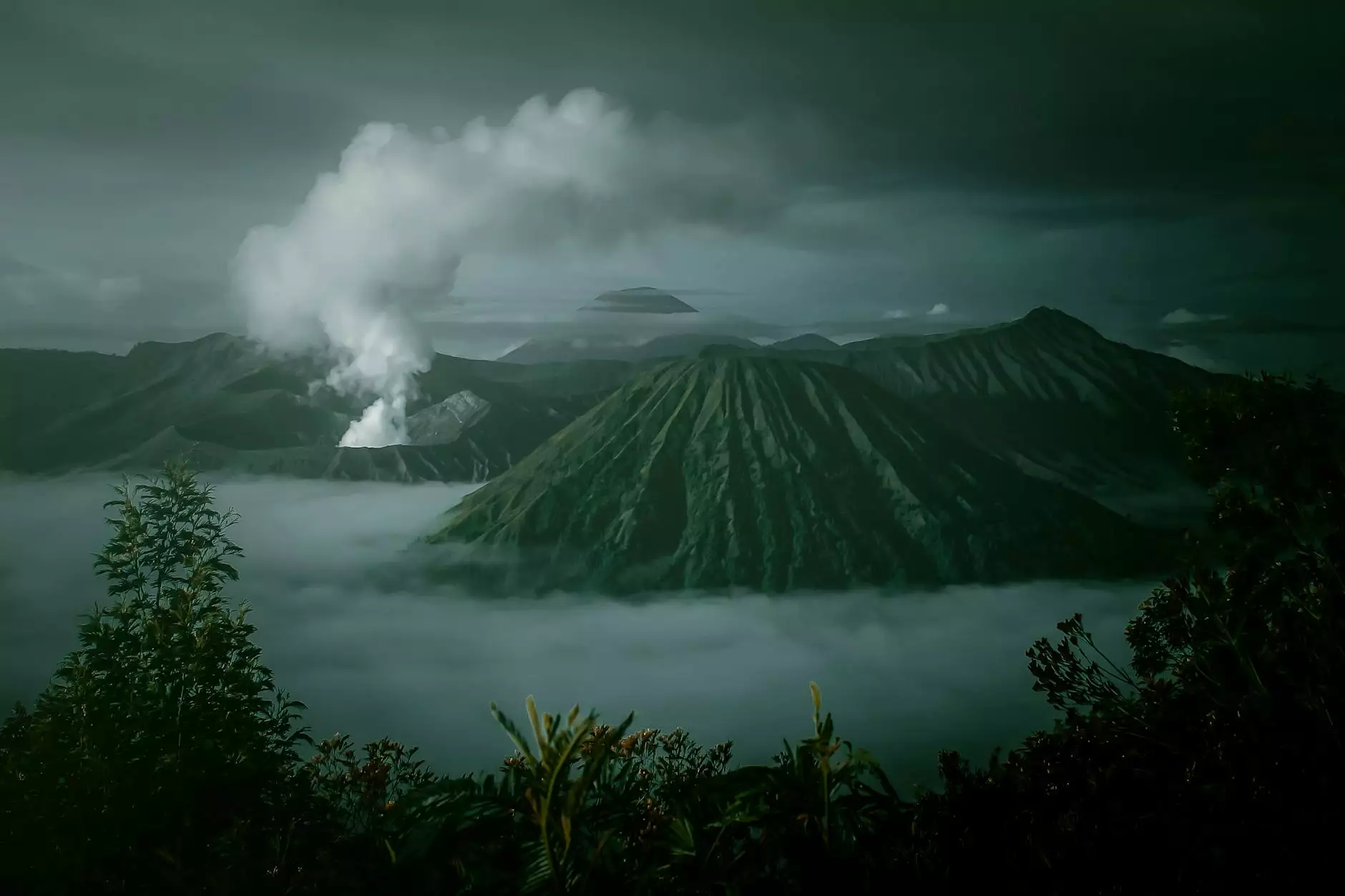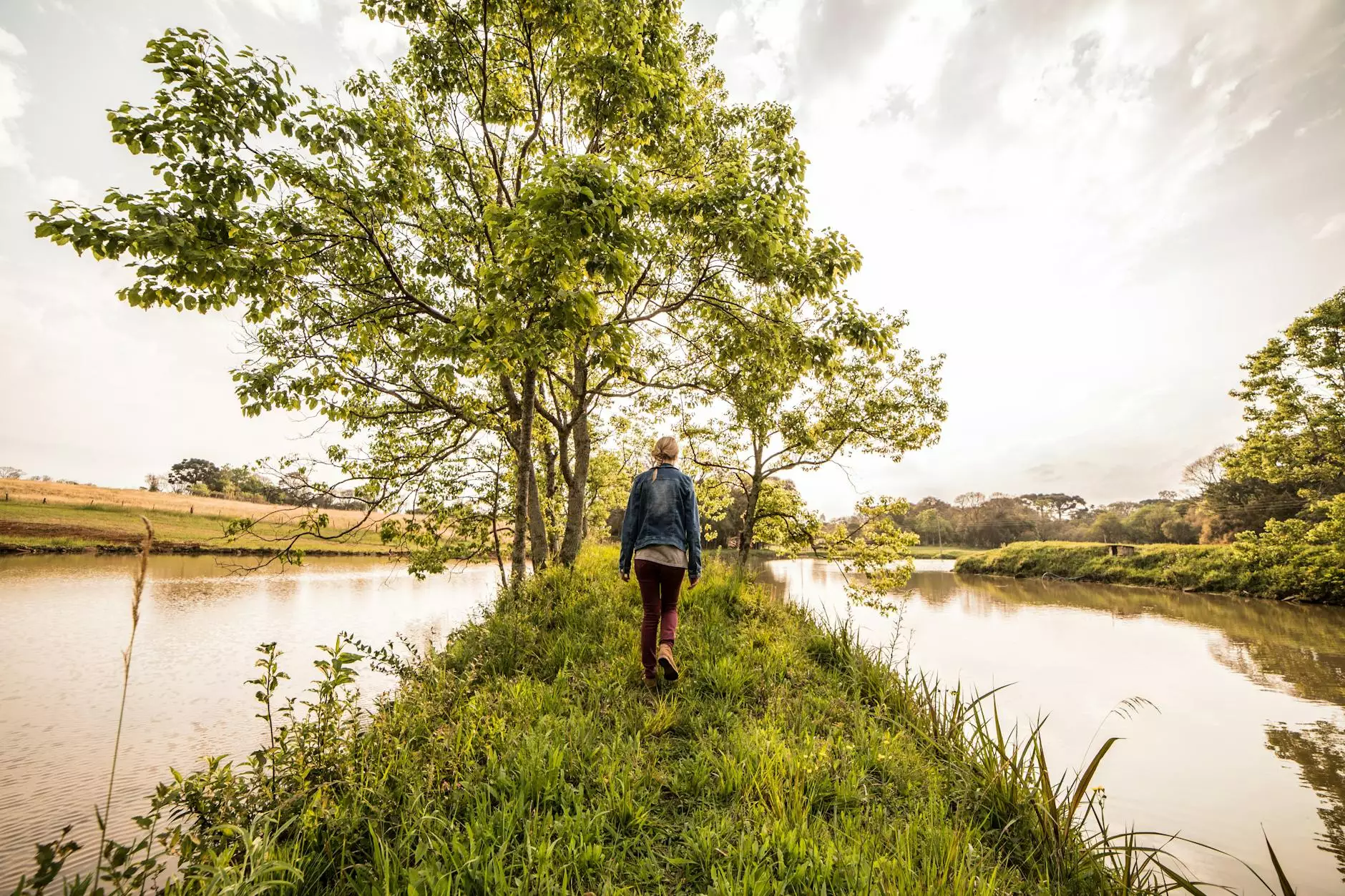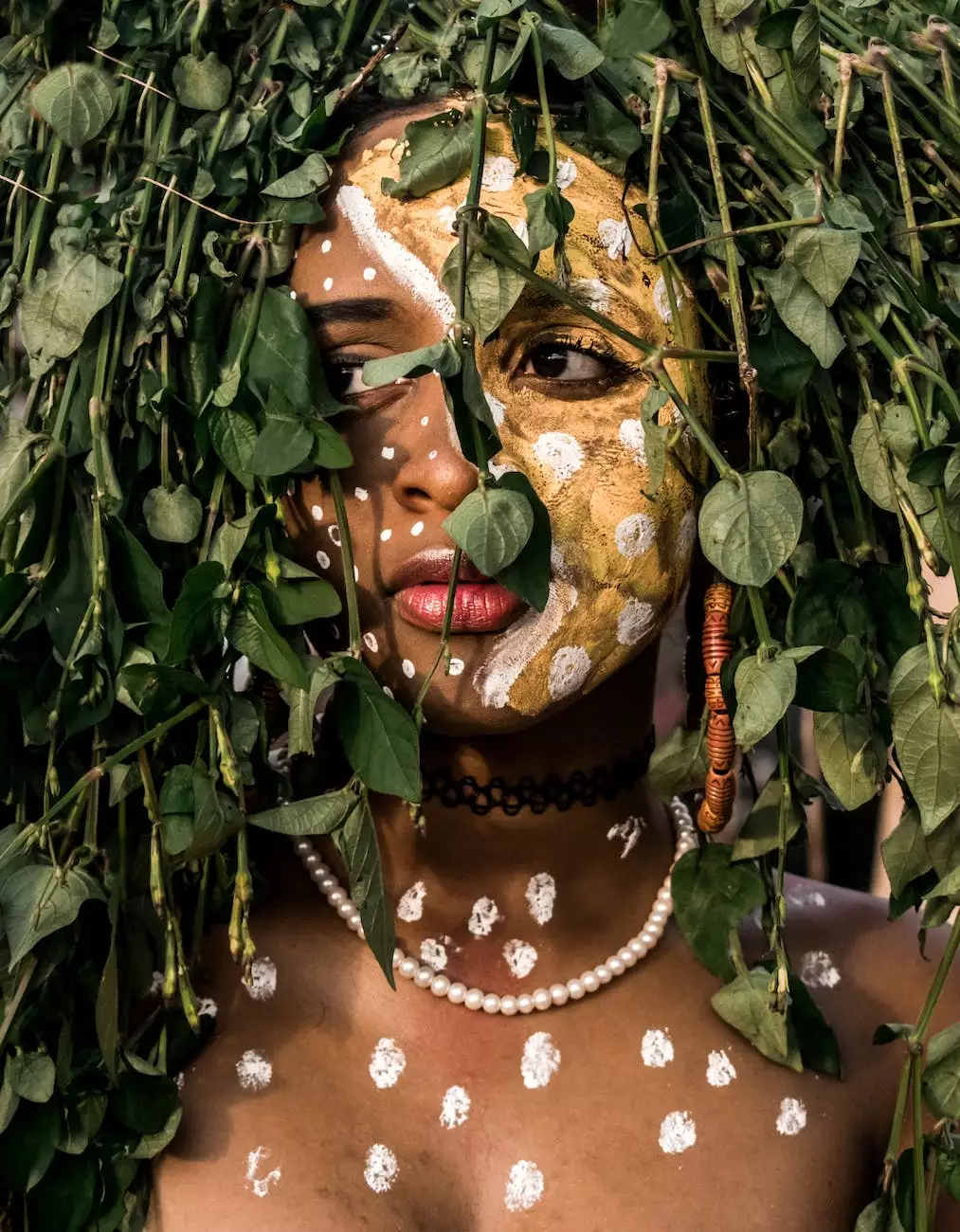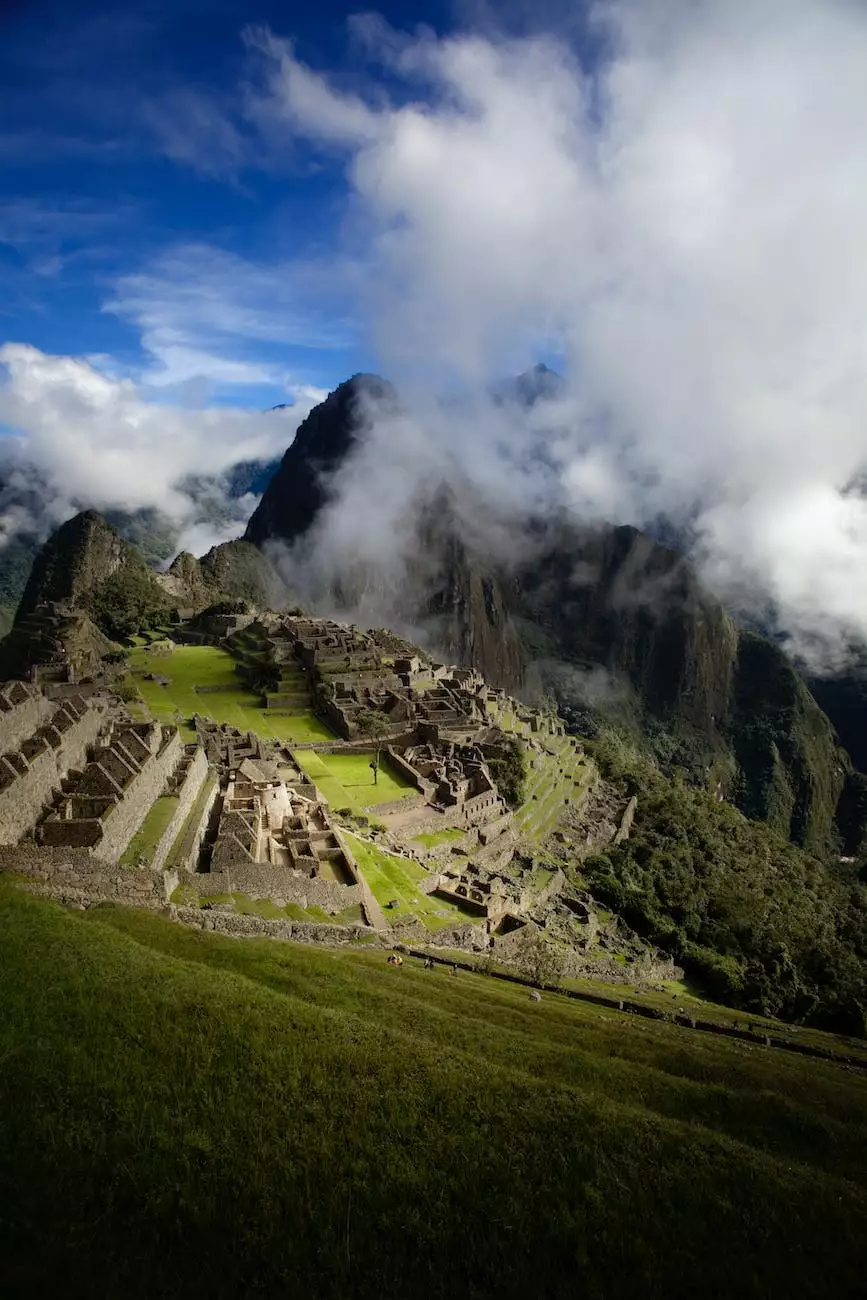A Guide To Hiking The Inca Trail To Machu Picchu
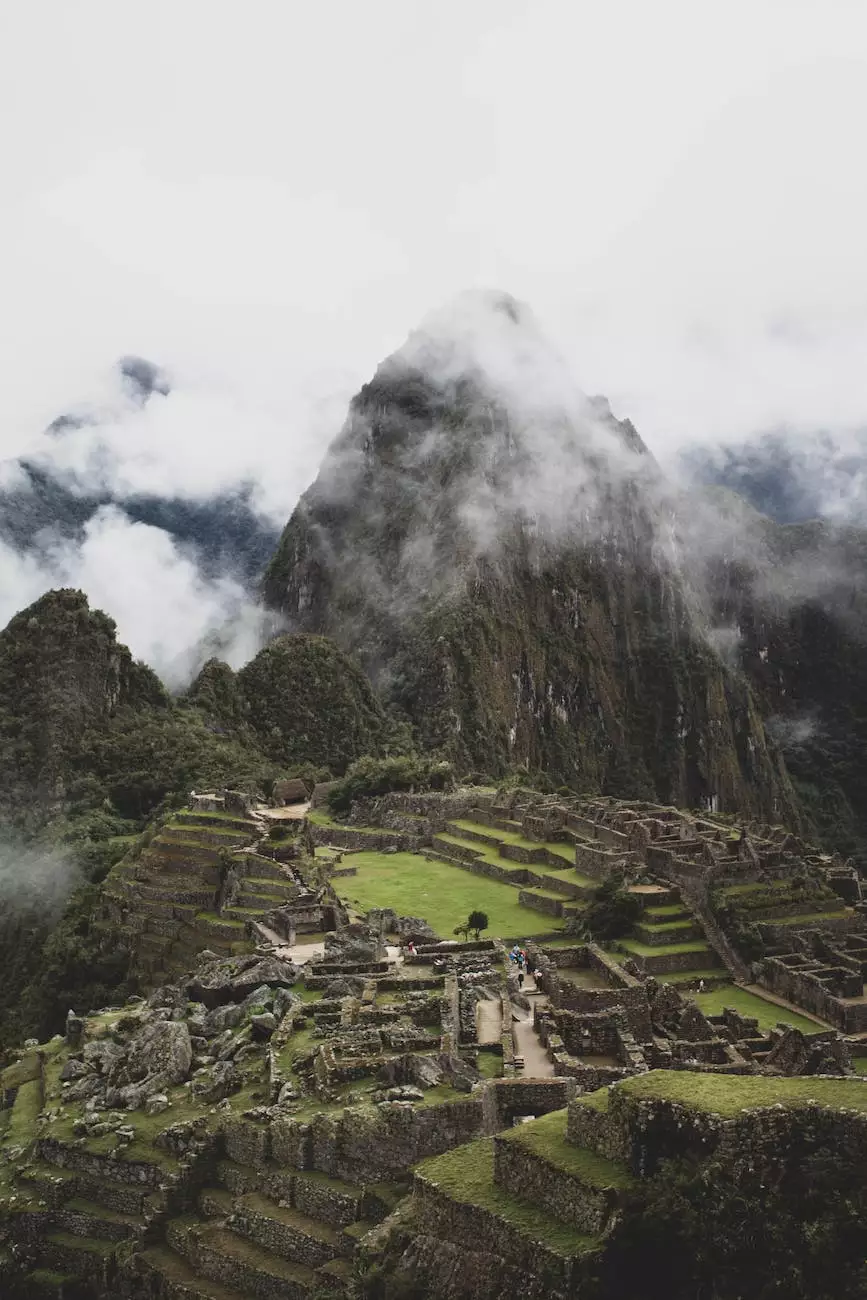
Introduction
Embark on an awe-inspiring journey through the stunning landscapes of Peru as you hike the legendary Inca Trail to the historic ruins of Machu Picchu. Aventuras Naturales, a leading travel and tourism company, invites you to join us on this unforgettable adventure where you'll immerse yourself in the rich history, culture, and natural beauty of this ancient trail.
Why Choose Aventuras Naturales?
As a trusted name in the travel industry, Aventuras Naturales specializes in crafting exceptional tours and experiences for adventurous travelers. With our expert guides, extensive local knowledge, and commitment to sustainable tourism practices, we ensure that your journey along the Inca Trail is both safe and environmentally responsible.
Planning Your Inca Trail Adventure
Before embarking on the Inca Trail, careful planning is essential to ensure a smooth and enjoyable experience. Here are some key factors to consider:
1. Permits and Regulations
The Peruvian government strictly regulates access to the Inca Trail in order to preserve its natural and cultural heritage. It is important to secure your permits well in advance, as daily visitor numbers are limited. Aventuras Naturales takes care of all necessary permits, allowing you to focus on the adventure ahead.
2. Fitness and Training
The Inca Trail is a challenging trek that requires a good level of fitness. Prior physical preparation, including cardiovascular exercises and strength training, will greatly enhance your overall experience. It is also recommended to acclimatize to the altitude by spending a few days in Cusco before starting the trail.
3. Packing Essentials
Be prepared for varying weather conditions during your trek. Essential items to pack include sturdy hiking boots, comfortable clothing layers, a waterproof jacket, a hat, sunglasses, sunscreen, a first aid kit, and a refillable water bottle. A detailed packing list will be provided by Aventuras Naturales to ensure you have everything you need.
4. Accommodation and Meals
During the trek, you will stay in comfortable campsites equipped with tents and basic facilities. Delicious meals, prepared by our experienced chefs, are provided to keep you energized throughout the journey. Vegetarian and special dietary options are available upon request.
The Inca Trail Experience
The Inca Trail stretches approximately 26 miles (42 kilometers) and typically takes four days to complete. Along the way, you will encounter breathtaking landscapes, ancient Inca ruins, and diverse flora and fauna. Here are some highlights of the journey:
1. Warm-up Hike to Wayllabamba
The trek begins with a warm-up hike to the village of Wayllabamba, where you will spend the first night. This section of the trail offers panoramic views of the surrounding valleys and an opportunity to acclimate to the altitude.
2. Dead Woman's Pass
On the second day, you will ascend to the highest point of the trail, known as Dead Woman's Pass, at an altitude of approximately 13,800 feet (4,200 meters). The challenging climb is rewarded with breathtaking views of the Andean mountain range.
3. Discovering Inca Ruins
Throughout the trek, you will have the chance to explore several fascinating Inca ruins, including Runkurakay, Sayacmarca, and Phuyupatamarca. Our knowledgeable guides will provide insights into the history and significance of these ancient sites.
4. Inti Punku (Sun Gate)
Finally, after days of anticipation, you will reach Inti Punku, also known as the Sun Gate. This iconic entrance to Machu Picchu offers a breathtaking view of the ancient citadel nestled among the mist-covered mountains. Witnessing this awe-inspiring sight is a reward in itself.
Conclusion
The Inca Trail to Machu Picchu is an extraordinary adventure that combines physical challenges with cultural immersion. Aventuras Naturales ensures that every aspect of your journey is carefully organized, allowing you to focus on the beauty and significance of this historic trail. Join us for an experience that will leave you with lifelong memories.

